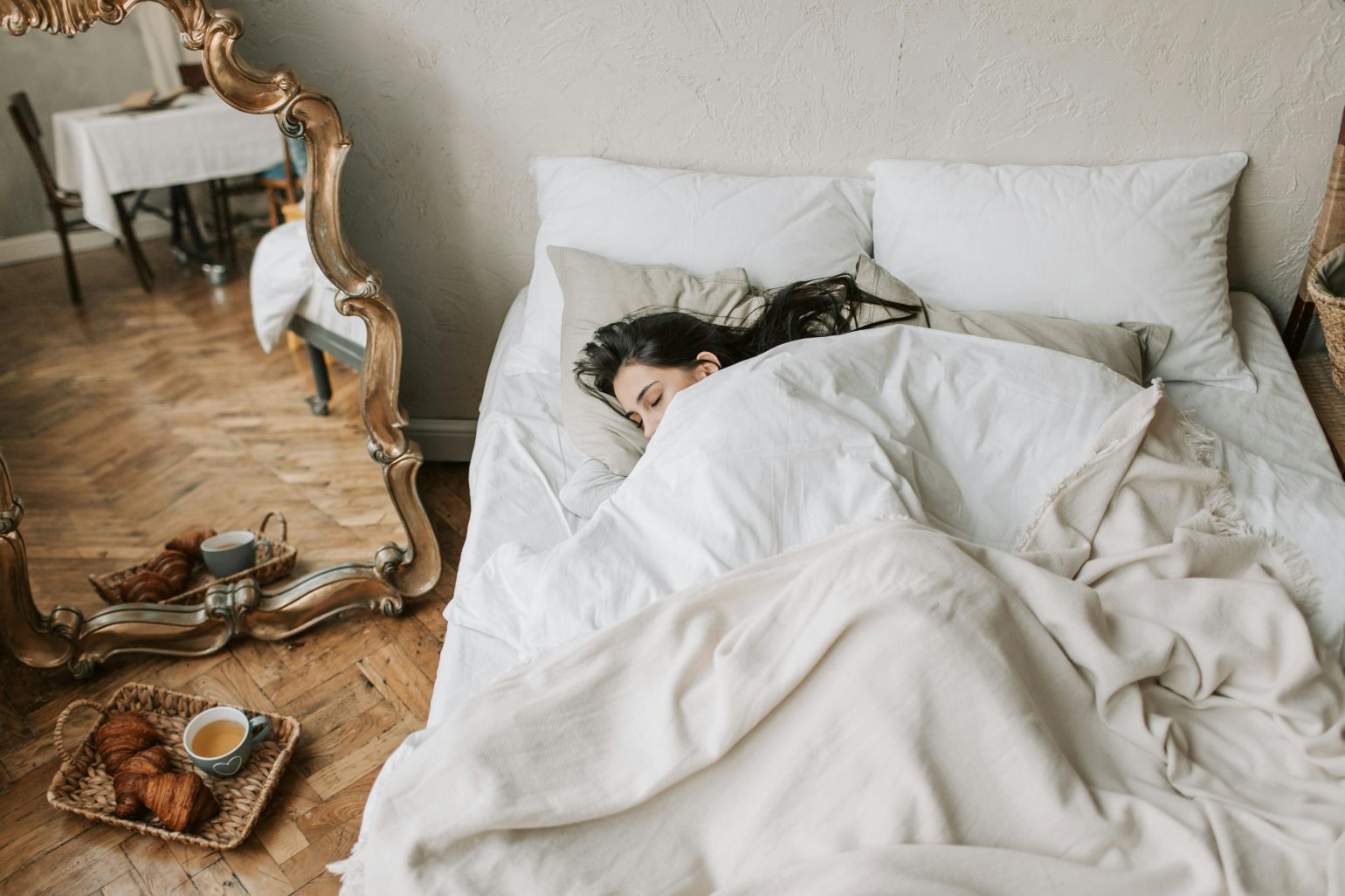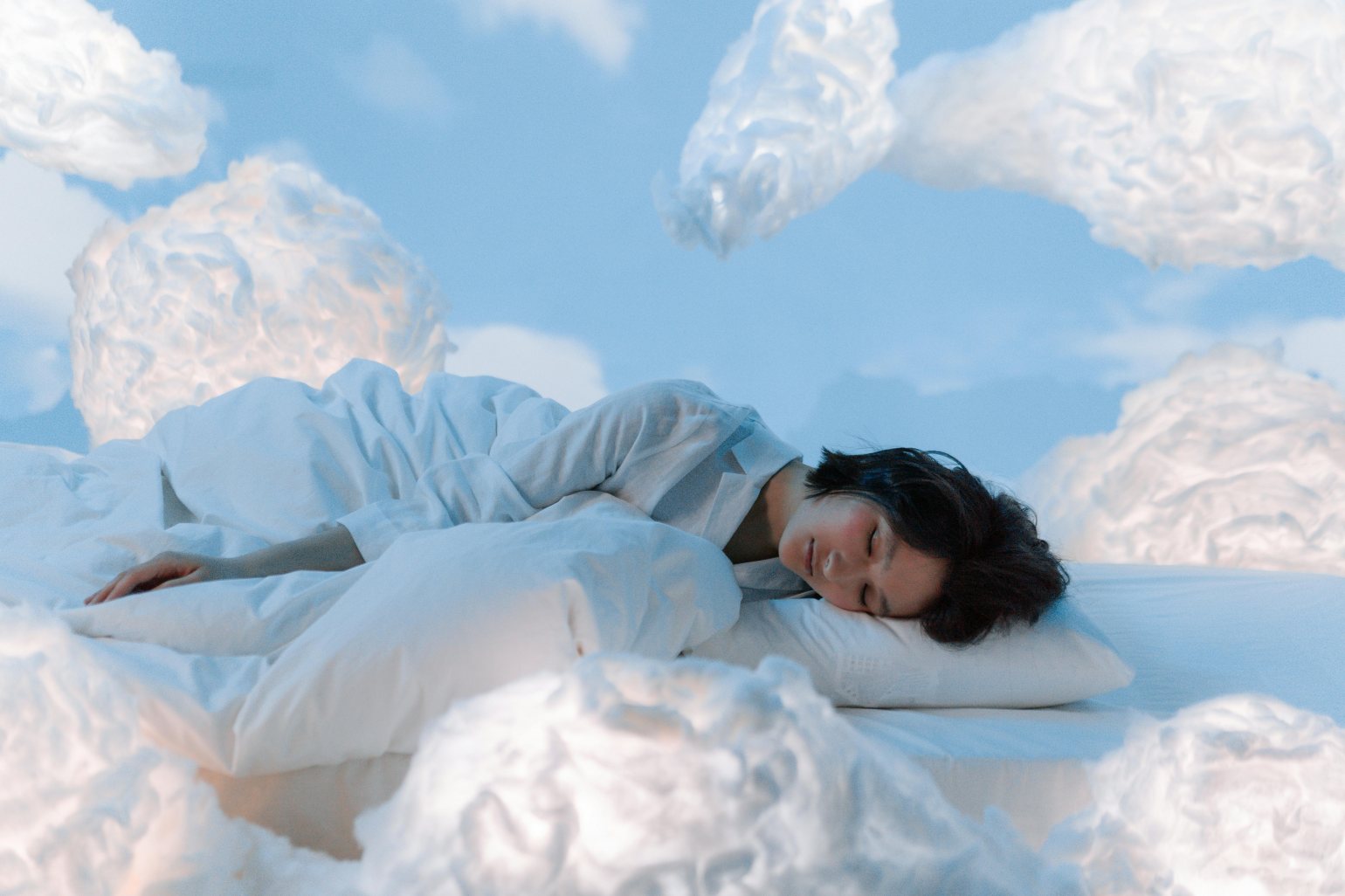The Science of Sleep - Part 1
This is part one in our series on the science of sleep. You can find Part 2 here.
Sleep is one of the greatest mysteries of the human world. Much like deep space and the bottom of the ocean, there is so much we still have to learn. However, scientists are working hard towards a greater understanding of why we need sleep and how it occurs. In this two part blog, we will look at the science of sleep - exploring what happens in your brain while you sleep and why.
When we sleep, we may think that our brains simply turn off as we lose consciousness of our surroundings. However that is far from the truth! When we sleep, our bodies and brains do a whole host of different activities, such as regulating the production of hormones, “spring-cleaning” our brains, storing things we learned during the day into long-term memories and problem solving issues that may be troubling us. Science has shown that if we do not sleep enough, then we have a greater risk of dementia, depression, illness, weight gain and even stunted growth in children.

The Stages of Sleep
We can divide our sleep into 90 minute chunks, known as sleep cycles. Each sleep cycle is made up of different stages of sleep, which can be split into two general kinds of sleep - REM (Rapid Eye Movement) sleep and NREM (Non REM) sleep. Initially we have the lighter NREM stages 1 & 2 sleep (or light sleep) followed by stages 3 & 4 sleep (or deep sleep), and then we get REM sleep, familiar to most people as “dreaming sleep”. Every 90 minutes our brains complete a cycle of these stages in as shown in the image, and then the cycle starts again. These cycles happen over and over as the night goes on. With the completion of each sleep cycle (ending in REM sleep) most people will wake up briefly, before they start the next sleep cycle, meaning that it is perfectly normal to wake up about 4 times every night. However, you won’t remember that you woke up in the night unless the awakening lasts 2 minutes or more.
Let’s now look at each part of the sleep cycle in detail, as each part has its own function.
Stage 1 Sleep
This is the very light sleep that occurs as soon as you fall asleep. In this stage, although you are asleep, you may also be aware of what is going on around you to some extent, meaning that you can be easily aroused from stage 1 sleep. This stage is also where you can sometimes experience a feeling of falling and then you may startle awake. It is suggested that as your body drifts off to sleep and your muscles relax, your brain may misinterpret that as a falling sensation and your body will then wake you up with a start!
Stage 2 Sleep
This is still a light sleep, but you will be harder to wake than in stage 1 sleep. Your brain waves will start to slow down and neuroscientists would identify this stage by the presence of “sleep spindles”. If you were to have a short afternoon nap, then the ideal time to wake would be right after this stage (a nap of around 20 minutes), before you drift into the next stages of sleep - deep sleep - where you would be harder to wake. Or else, if you have enough time then have a nap of 90 minutes so that you get a whole sleep cycle. A brief afternoon nap of 20 minutes, ending after stage 2 sleep is ideal.
Stages 3 and 4 Sleep
These stages are known as deep sleep, as your brain waves are now much slower characterised by slow moving “delta waves”. Your heart rate also slows down. In deep sleep you are further from consciousness and will be much harder to wake up. If you do wake from this stage (by a fire alarm in the night, for example) you will feel very groggy and disorientated. For this reason, daytime naps of around 60 minutes are not recommended as you will wake up right in the middle of this deep sleep stage - feeling groggy. During deep sleep your body repairs muscle tissue, releases growth and other important hormones and boosts your immune system. Memories are also consolidated here, making deep sleep vital for creating and retaining long term memories.
REM Sleep
REM sleep is the stage when we have dreams. During REM sleep our brain activity more closely resembles our waking brain. To ensure that we do not act out our dreams, our brains make sure that our muscles are “paralysed” while we are dreaming, known as REM atonia, thanks to the secretion of a neurotransmitter. Despite the fact that our bodies are unable to move, our eyes rapidly flick from side to side - hence the name Rapid Eye Movement sleep. It is thought that REM sleep is also important for processing emotion and consolidating information about what happened during the day. You will only remember dreaming if you wake up from this stage of sleep and if you wake from REM sleep you will feel very alert upon waking.
At the start of the night we have much more NREM sleep and only a little REM sleep compared to the end of the night. As the night progresses we get less and less NREM sleep (especially the deep stages 3 & 4) and more and more REM sleep, always in the same 90 minute sleep cycles moving from light sleep to deeper sleep and then to REM sleep. That is why you are more likely to remember dreaming in the morning than if you were to wake after only a few hours of sleep, as you are more likely to wake from REM sleep in the morning.
Your Bedroom
Your bedroom is also an important factor in helping you to go to sleep. When we try to fall asleep, our bodies and brains can be easily aroused from stage 1 light sleep by distractions. These distractions could be thoughts and stresses or physical discomfort.
A decluttered bedroom, free from mess and electronic devices, will help your brain to start relaxing and switching off. If your bedroom has stimulations such as piles of laundry, work and general mess lying around, then your brain will be reminding you of these to-do lists instead of drifting off to sleep.
Physical factors also affect sleep. If your luxury bed itself is uncomfortable then you will struggle to drift off to sleep when you are repeatedly aware of backaches or even rogue bed-springs sticking into your back! A good mattress should support your body while being comfortable enough for you to feel relaxed. Your shoulders and hips should be sink into the mattress, with your back supported, so that your spine itself stays straight, instead of being curved. If your mattress is too soft or too firm then you will wake up during the night as you try to get comfortable.
Further, as we fall asleep our body temperature naturally drops. Therefore, if our bedroom is too hot, then your body temperature will struggle to drop which will hinder sleep. Make sure that your bedroom is cool enough and that your luxury bed does not make you too hot. Consider sleeping with a window open, or making sure that your mattress and covers allow air to circulate instead of making you too hot and sweaty.
In this article we have explored the science of sleep, so you should be able to understand your sleep cycles and the importance of making your bedroom a haven of relaxation to help you get a good night’s sleep. In part 2 of the blog we will learn about how your circadian rhythm and homeostatic sleep drive affect sleep, how caffeine affects sleep and how sleep "spring cleans" your brain. Sleep well!
Dr Lindsay Browning is a Chartered Psychologist, Neuroscientist and sleep expert at Trouble Sleeping, author of the self-help sleep book Navigating Sleeplessness and can be found on all social media @DrBrowningSleep.

-
Posted by Dr Lindsay Browning
30th April 2019


